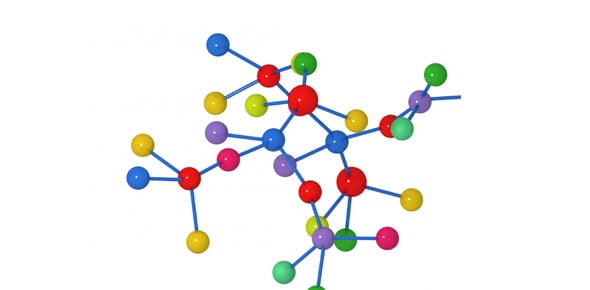Lipids and triglycerides are bot considered to be hydro____.
Carbohydrates are hydro____.
RNA is
Simple sugars are also called ______.
___________ are composed of carbon, an amino group, carboxyl group,...
Sucrose and lactose are examples of ________.
The most useful steriod is ______.
Carbohydrates are composed of
Polymers of nucleotides are
DNA is
Starch and cellulose are examples of _____.
___________ form bilayers and micelles.
Polypeptides are formed by ______ bonds.
__________ are composed of a five carbon carbonate, nitrogenous base,...
________ are composed of a phosphate group, choline, glycerol, and...
Phospholipid tails are
Steroids are found in the
Triglycerides dissolve in _______ solvents.
Triglycerides are composed of ______ and _________.
Carbohydrates are
________ are broken into primary, secondary, tertiary, and quartenary...
Eicosanoids are modified fatty acids composed of _____ carbon rings
Steroids
The polarity of the triglycerides is
The subunits of polysaccharides are
All are examples of monosaccharides except for _____.
Lipids are linked by ______ covalent bonds.
Carbohydrates do not bond to ______ molecules.
R group also means ______ group.
Lipids are
Phospholipid heads are
Lipids usually contain ______.
Steroids are very stable, because they are composed of 3 ________.
Eicosanoids are
The polarity of a steriod is
















